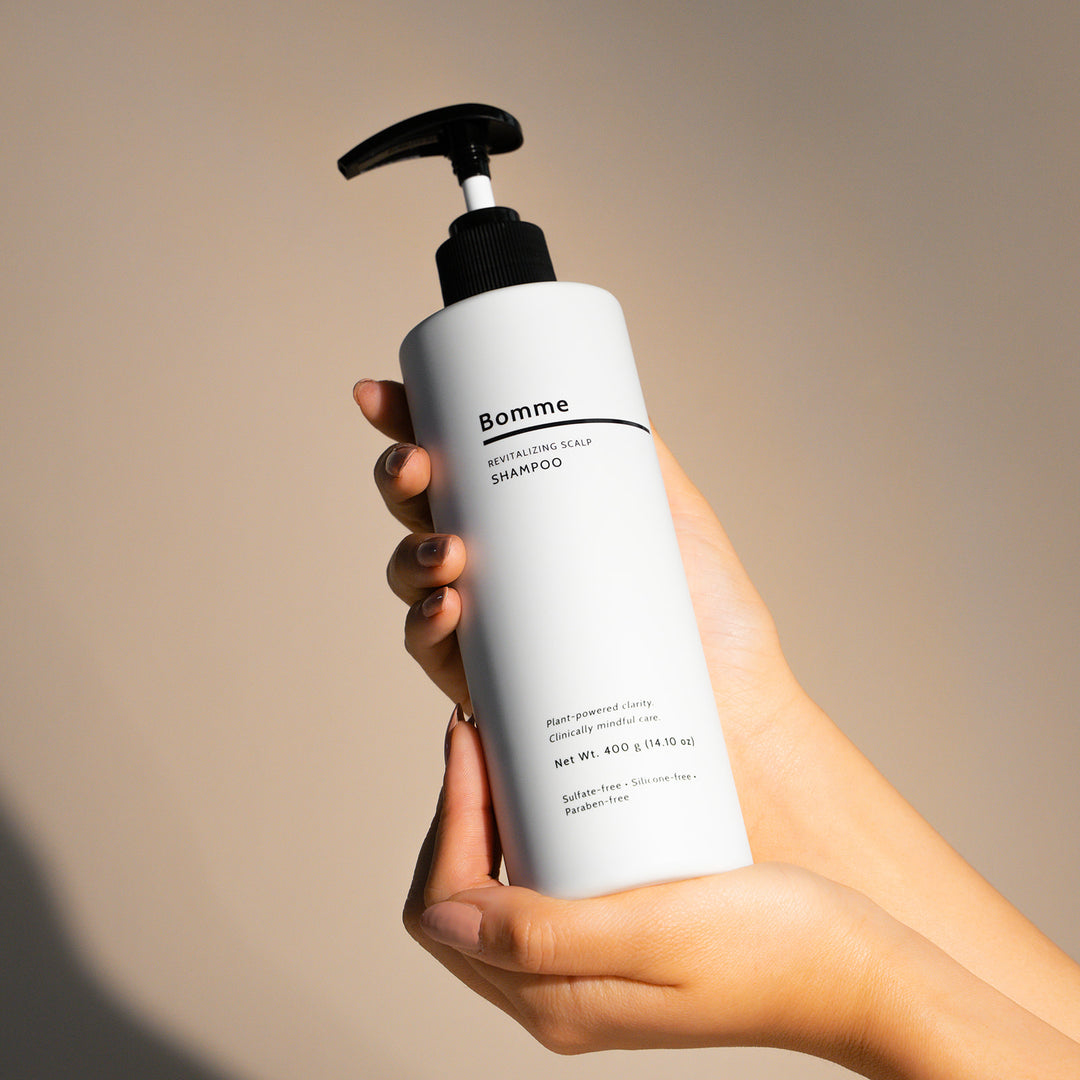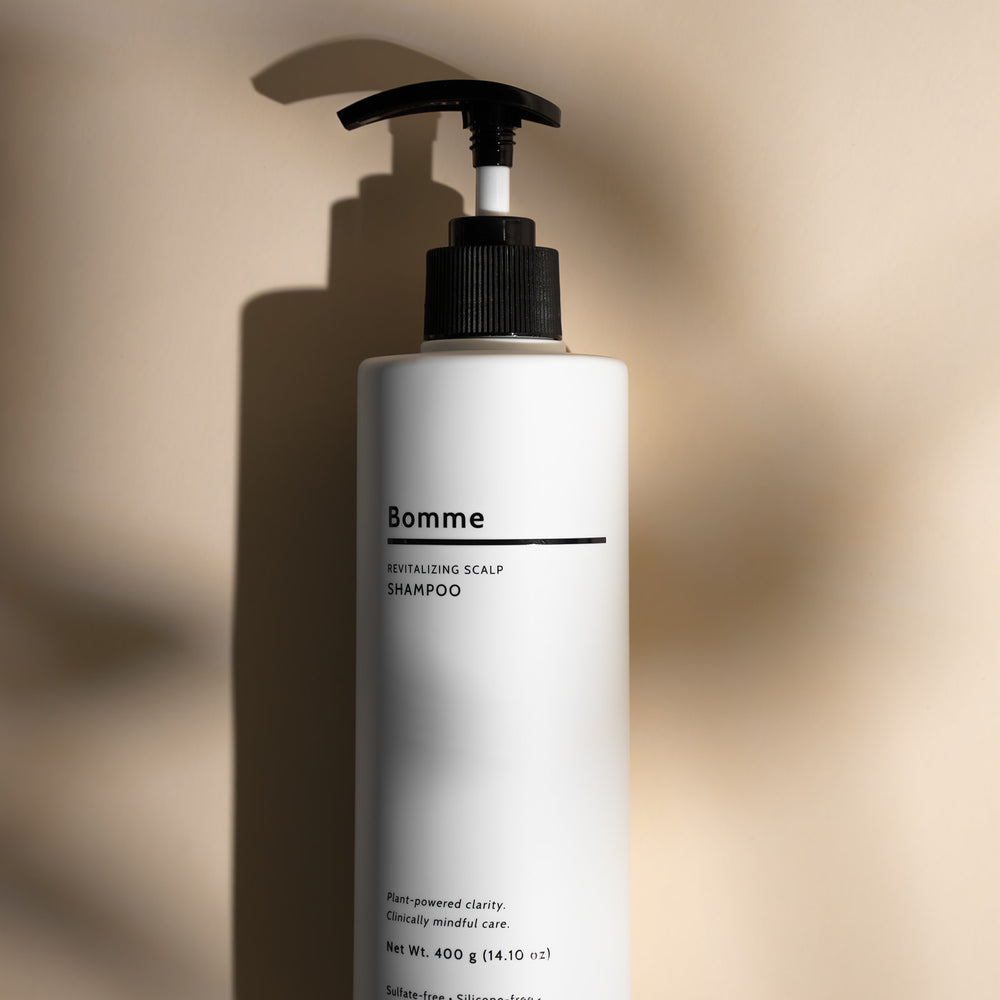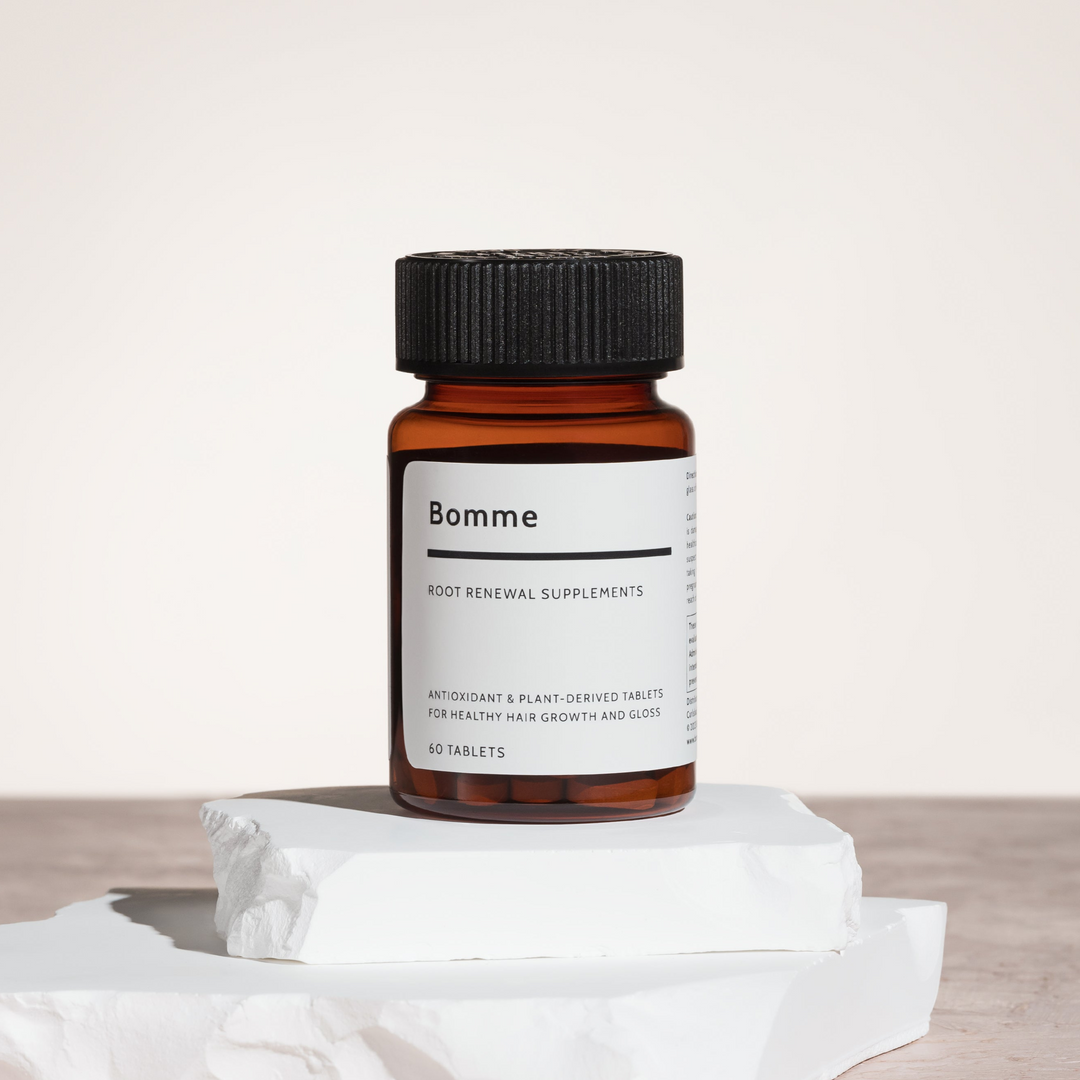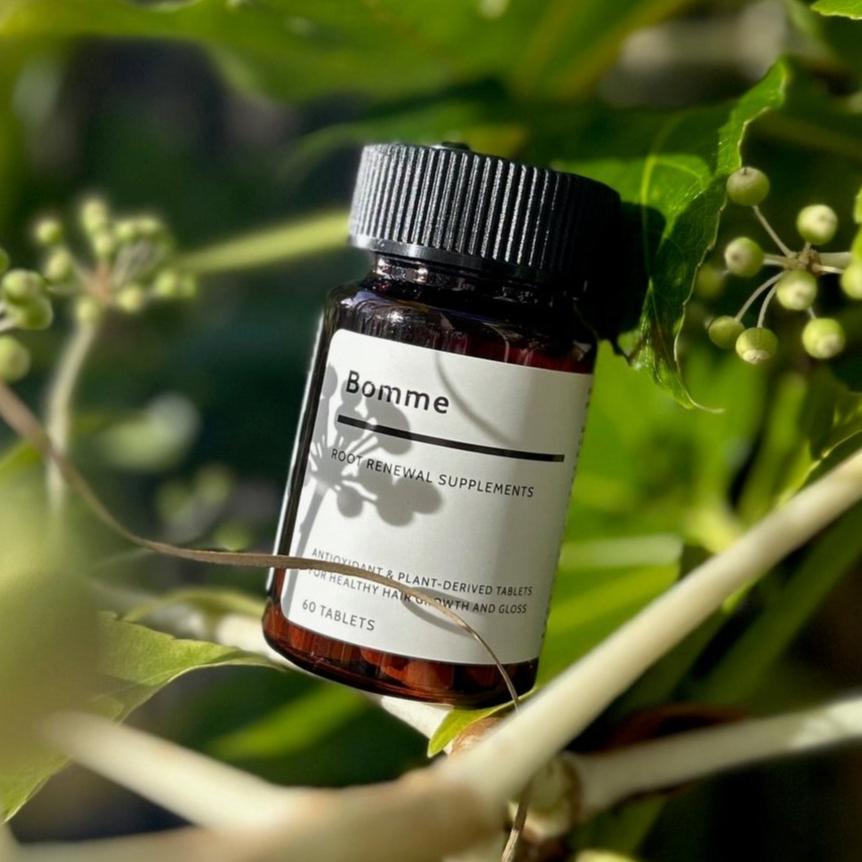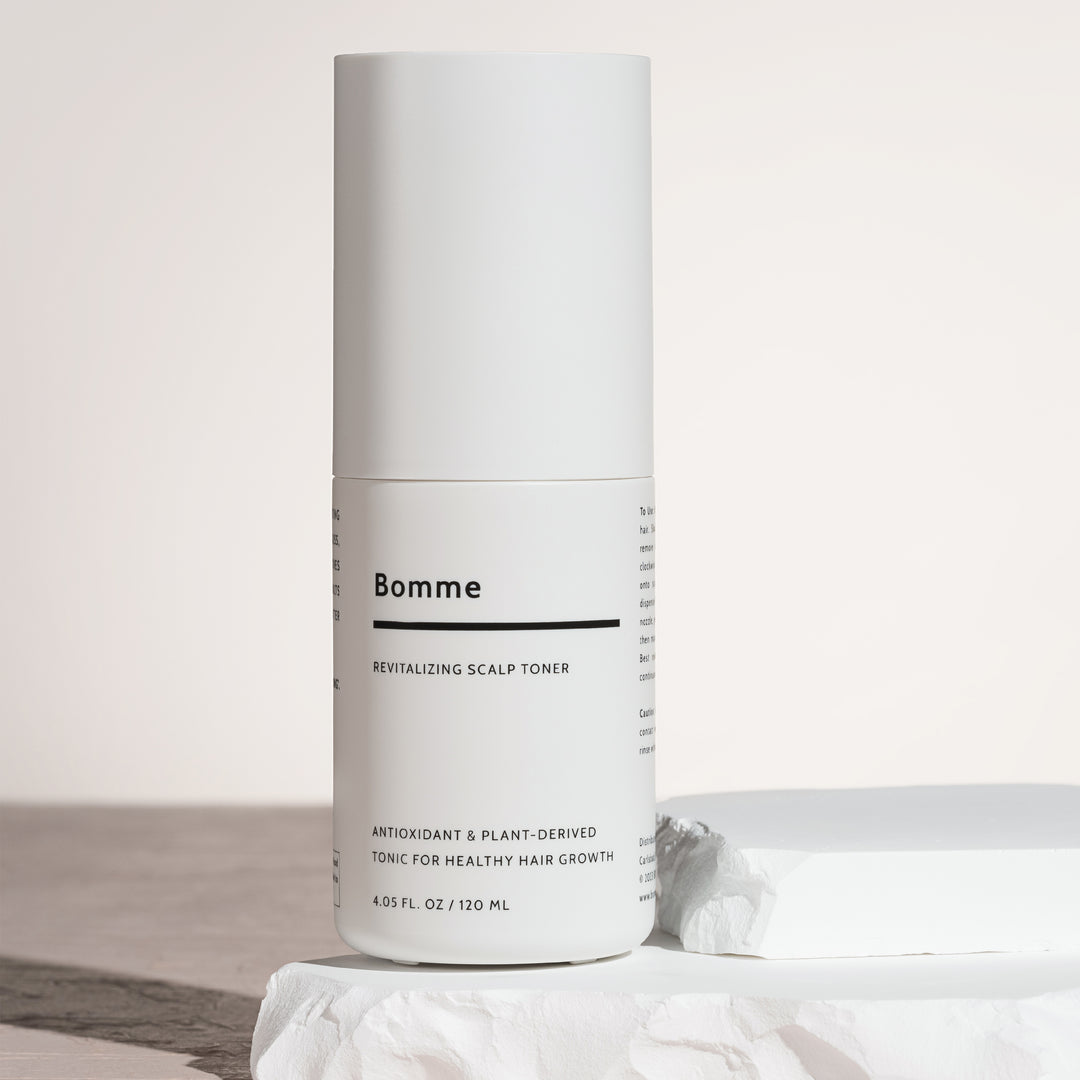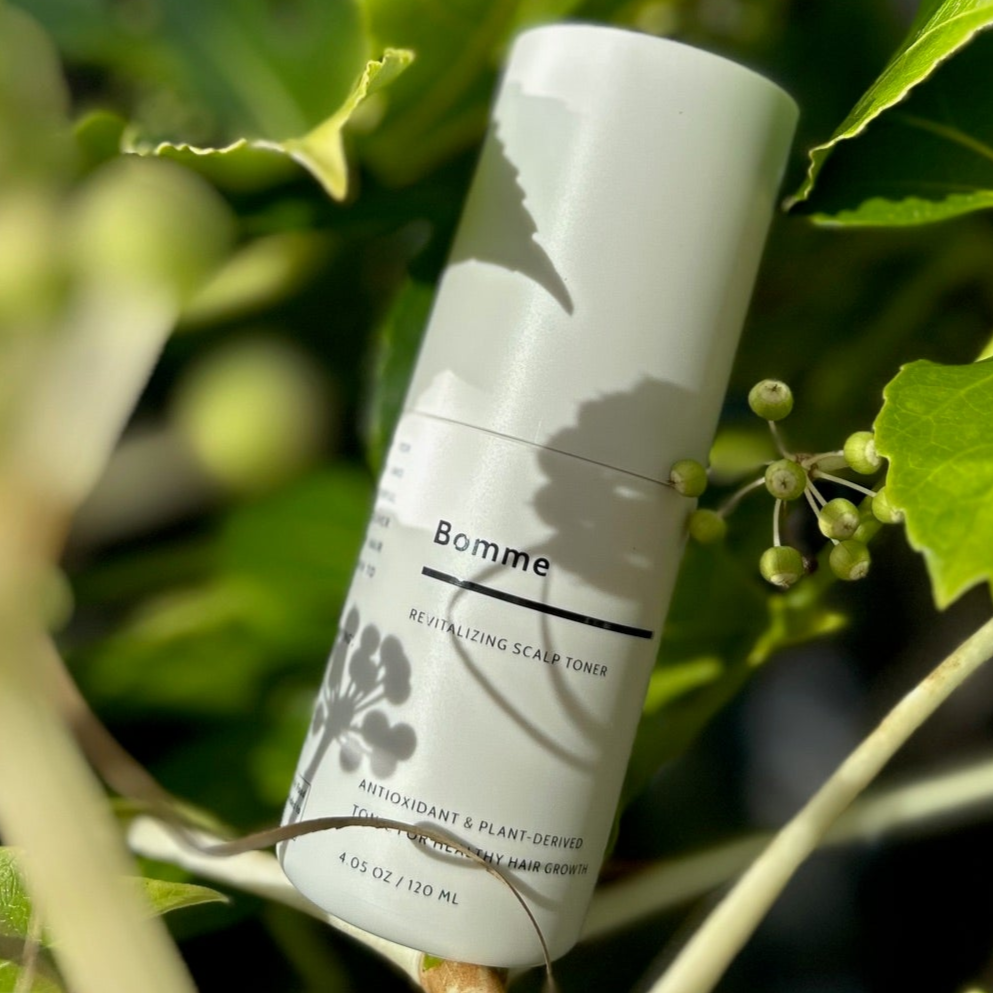Starting your hair growth journey can be daunting, but it doesn’t have to be. Whether you're looking to grow your hair longer, recover from hair loss, or simply improve the health and vitality of your locks, embarking on this journey can be empowering and lead to improved overall well-being. With the right mindset and strategies, you can embark on a successful hair growth journey that leads to stronger, longer, and healthier hair. Here are some tips to help you get started.
Where do I even start?
Be patient: One of the first steps in this journey is recognizing that hair growth doesn't happen overnight. It is a process that takes time, so patience is key. In the meantime, practice habits that support hair health, such as maintaining a balanced diet, using appropriate hair care products, and protecting your hair from damage. Give your hair time to respond to changes.
Look at the big picture: A holistic approach to hair care not only promotes hair growth but also improves the overall condition and appearance of your hair. Holistic hair care involves addressing physiological needs like nutrition and hydration, as well as behavioral habits like hair care routines and protective styling. When you eat a nutrient-dense diet rich in vitamins, minerals, and proteins, you set your scalp up for success. Similarly, by adopting mindful styling techniques such as using heat protectant before curling your hair, you give your hair the protection it needs in order to thrive. By taking a comprehensive approach to hair growth and hair care, you can create the optimal scalp environment for healthy hair growth.
What kinds of products should I be buying?
If you don’t know where to start, let your hair take the lead. Consider the unique qualities of your hair such as texture, thickness, curl pattern, and moisture retention. Is your hair dry and brittle? Is your hair kinky and coily? Looking at and evaluating the conditions of your hair will guide you to the shampoos, conditioners, and stylers that are best suited for your needs.
What foods should I be eating to promote hair growth?
Research has linked deficiencies in vitamin D, zinc, and iron to hair loss. As the main structural component of hair, proteins like keratin and biotin are especially important to include in your diet. Listed below are some of the foods that dermatologists and dieticians recommend as a way to naturally enhance your hair health:
Fruits and vegetables
- Spinach
- Berries
- Avocados
Proteins
- Fish
- Poultry
- Eggs
- Beans
How can I naturally encourage hair growth?
Drink lots of water: Stay hydrated by drinking at least 8 cups of water a day. Adequate hydration is necessary for your hair to retain water. The more moisture your hair retains, the less likely it is to split and break.
Reduce stress as much as possible: Try to practice self-care as much as you can. Though it may seem trivial, it is important to engage in hobbies that bring you joy, as stress has been linked to poor hair health.
Consider supplements: If you are not getting enough nutrients from your diet, or if you simply want to boost your hair health, consider taking hair growth supplements. Hair growth supplements come in all different shapes and sizes, and can give you extra support as you continue on your hair journey.
For those looking for a natural supplement, give Bomme’s Root Renewal Supplements a try. These plant-based supplements are jam-packed with antioxidant and anti-inflammatory properties thanks to a unique formula consisting of persimmon leaf, green tea leaf, and sophora fruit extracts. Make sure to consult with a healthcare provider first to ensure that any supplements you take are safe and appropriate for you.
How will I know that my hair is healthy?
If you’re worried about the health of your hair, try taking a look at your hair. You can learn a lot about the health of your hair by considering its physical appearance.
- Shine and luster: Healthy hair reflects light well due to the smoothness of the hair cuticle. This reflection is what makes hair appear shiny.
- Fullness: Healthy hair is dense and well distributed. It is not clustered in patches or clumps, and it does not fall out easily.
- Smooth texture: Healthy hair is generally smooth to the touch, though this may differ according to hair type. Some hair types are naturally more coarse than others, so this may not be a reliable indicator of health.
Another way to see if your hair is healthy is by checking for signs of “unhealthy” hair.
- Brittleness: Unhealthy hair lacks the elasticity of healthy hair. Unhealthy hair is quite brittle, which makes it prone to breaking, splitting, and shedding. Split ends are a telltale sign of dryness or brittleness.
- Dullness: Unlike healthy hair, unhealthy hair does not reflect light well. As a result, it lacks sheen and appears dull.
- Unmanageable: For the most part, healthy hair has a nice, smooth texture. Unhealthy hair, however, is often tangled and unruly.
What kind of hair care routine should I be using?
While there is no one-size-fits-all routine for hair care, there are some general tips you should keep in mind when coming up with your own routine.
Gentle handling: Avoid harsh brushing and use a wide-tooth comb to detangle your hair. Additionally, try to minimize use of chemical treatments and abrasive hairstyles. Treating your hair gently will protect the physical integrity of your hair.
Regular trims: Trim your hair frequently to prevent split ends and breakage.
Shampoo and condition: Use a gentle shampoo suited for your hair type, and always apply conditioner. Avoid washing your hair daily as doing so can strip your scalp of natural oils that are essential for hair health and growth.
Safe styling: Use heat protectant sprays before styling with hot tools, and try to minimize their use. Avoid excessive coloring, perming, or relaxing, as these can weaken your hair.
What works for you: Bottom line? Do what is best for you and what best suits your needs. If a certain product or hairstyle doesn’t work for you, take it out of your routine. Do what you feel comfortable with and if you have any questions or concerns, reach out to a healthcare provider. There are also many community resources that you can turn to if you want new ideas or if you need some extra encouragement.








